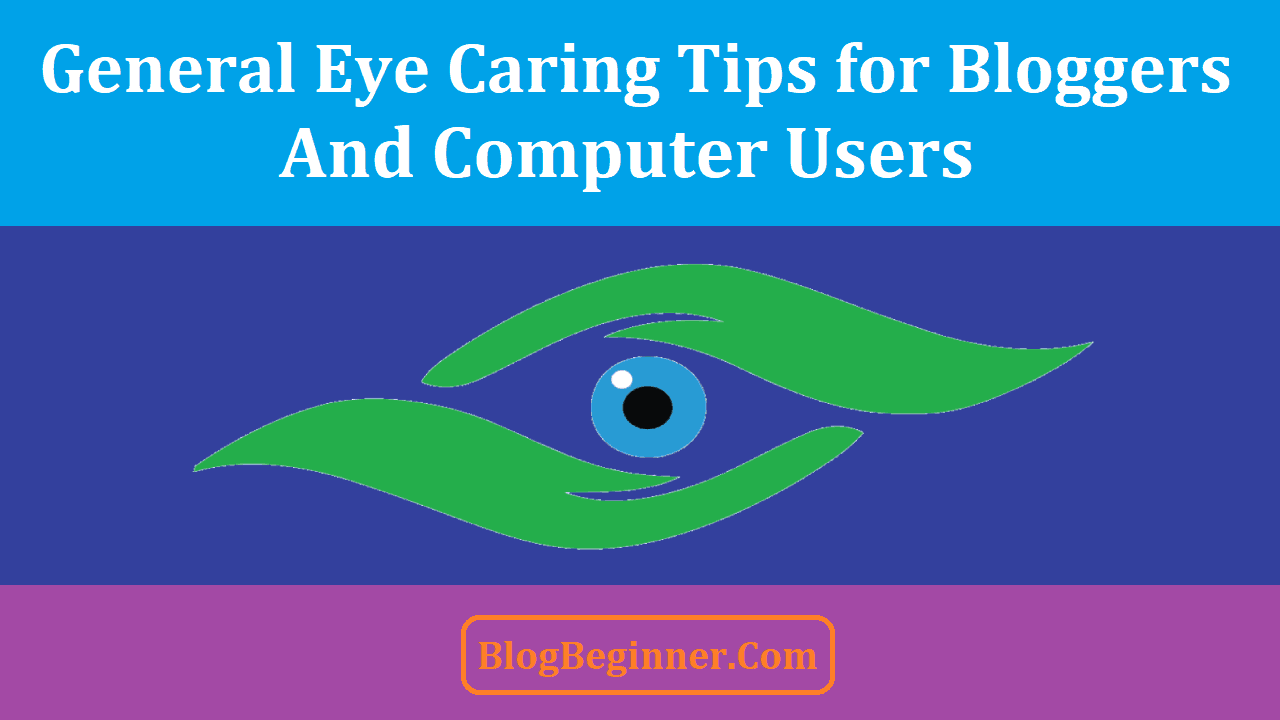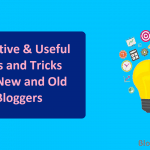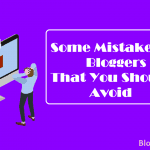Many of today’s work-related tasks are computer or gadget-driven. While these advancements in technology have certainly made our lives easier, too much exposure to them can also pose some health risks.
Physically, prolonged gadget use can tire out your eyes. It may be something that goes away after a break, but it can also eventually lead to recurring headaches and poorer eyesight.
Contents In Page
Symptoms of “Blogger’s Eyes”
People who spend a significant amount of their day in front of their computer are prone to having “blogger’s eyes”. This condition is sometimes referred to as such because it is a common phenomenon among bloggers. Because content creation and editing can be time-consuming, they often run into the following symptoms:
- Strained or aching eyes
- Watery eyes
- Stinging or itchy eyes
- Temporal or frontal headaches
- Blurred or double vision
While spending long hours on the computer may be inevitable, you don’t have to readily accept that these symptoms are just a part of your daily grind. Here are some things that you can do avoid these symptoms or reduce their occurrences:
Keep a Proper Distance Between You and the Gadget Screen
Being too close to your computer screen is going to put a lot of strain on the lenses of your eyes. These lenses help your eyes to focus on the objects that you are looking at. Staring too closely at something for a long time will overexert your eye muscles. This usually leads to strained eyes or headaches.
The recommended distance between your eyes and your computer screen is at least 2 feet. Some people sit too close to the screen because it’s hard for them to read when they’re too far back. In this case, it is recommended to increase the zoom level, or you can also adjust the font size on your drafts and then just resize them afterwards.
Make Sure That Your Lighting is Just Right
Brightness is another factor that can cause tremendous strain to your eyes. Always adjust your screen’s brightness levels accordingly. Likewise, your surroundings’ lighting should also be at a level that’s just enough for you to do your work properly.
If you have a desk lamp, make sure that its light is focused on what you’re doing and not on you. Also, your work station should be positioned in a way that doesn’t reflect light from the windows. Using curtains is recommended if the room is too bright without it.
Take Timed Breaks
If you are going to use your computer non-stop for quite a long period, taking 5 to 10-minute breaks every 30-45 minutes to help your eyes rest and recuperate. Take this time to close your eyes for a while and increase your blinking.
Many people strain their eyes because they actually forget to blink. Blinking is the body’s natural process to lubricate and moisturize your eyes and keep them away from redness and stinging feelings. It also helps to look away from your computer screen every 10 minutes. This will relax your eye muscles and keep them from being too dry.
Use the Appropriate Glasses
It is important that you have regular eye check-ups especially if you have vision difficulties. You may be losing valuable resources (e.g. time) because your eyes are hampering with your work.
Knowing your lens grade can greatly help you see things better. Getting the appropriate glasses can definitely go a long way in making your computer work so much easier. Contact lenses are not the best for computer users since they may cause dryness. Choose types such as progressive lenses or bifocals. An optometrist can help you choose the right lens coatings that fit your computer work.
Experts reveal that every computer user should go for eye testing once a year. This can help you treat problems such as blurry vision early enough to prevent further damage. Help the doctor understand your eye health history by telling them things such as how long you spend on your computer, some of the eye problems you may be facing as long as the distance you maintain from the screen. Such information is relevant for the eye doctor to screen your eyes and give you proper analysis.
Reduce glare
You can also strain your eyes from glare on finished surfaces, walls, and a computer screen. Try to change the painting on your bright white walls by using dark colors with a matte finish. If your eyes are itching from staring at the screen for hours, you need to install an anti-glare screen.
Adjust your display
Eye problems out of extensive computer use may be an indicator that it is time to adjust your display. Upgrade from an old tube style monitor to a laptop that has a liquid crystal display (LCD).
The anti-reflective surface on LCD screens make them friendly to the eyes and prevent you from straining. Old tube style monitors contain CRT which is a cathode ray tube that leads to a flicker of images, thus causing eye strain and fatigue during your computer work.
As you select a laptop with an LCD screen, ensure you get the one with the highest resolution. Get one that has a dot pitch of about .28mm. The size of the display also matters. Purchase a desktop computer which has a large screen size.
Make modifications on your workstation
Your workstation also affects the condition of your eyes. For instance, focusing on printed pages and the screen of your computer at the same time can strain your eyes. If your work depends on transferring data from printed pages to the computer, place the written material on one of your copy stands and make sure to position it adjacent to your monitor.
Doctors reveal that an improper posture can also lead to computer vision syndrome. To avoid this, ensure that you adjust the workstation as well as your chair to a proper height. If you are a full -time blogger, you need to invest in ergonomic furniture so that you can position your screen a few inches from the eyes. Your head and neck should also remain comfortable when using a computer for hours.
You can also boost the quality of air around your working space. Make changes such as using a humidifier to prevent dry eyes or adjust the thermostat to minimize blowing air around your working space. This can increase comfort around your workstation.
Make use of artificial tears
If you have problems with dry eyes, you can use artificial tears to prevent eye strain. Make sure you choose lubricating drops which don’t come with preservatives to avoid worsening the situation. Your eye doctor can recommend the best eye drops for your condition.
Good eyesight is vital in having a convenient and fruitful life. It may even be doubly important for content creators like yourself. Fortunately, the tips above are easy enough to follow and do not require considerable effort on your part. Making these simple tweaks to your work process may even help you become more efficient with your tasks.








